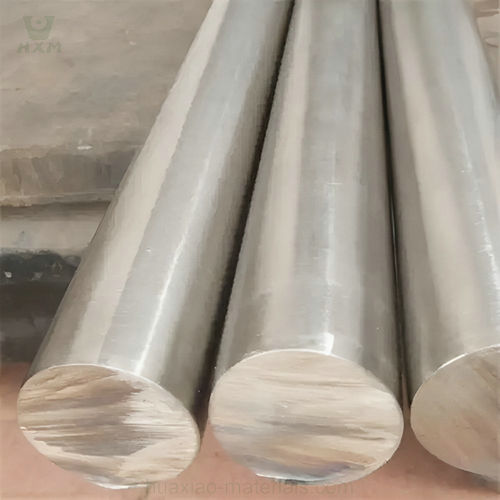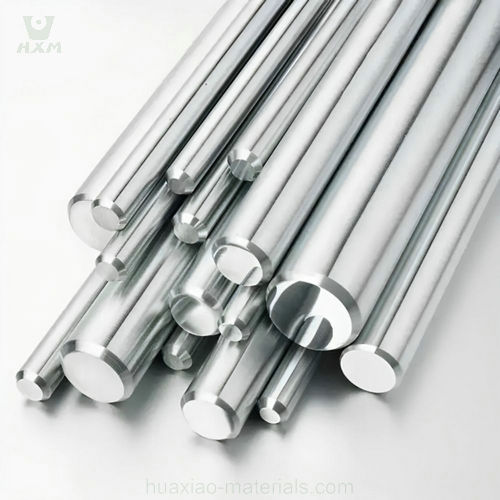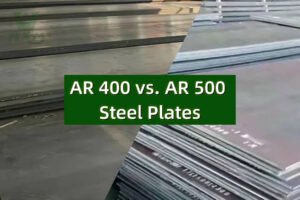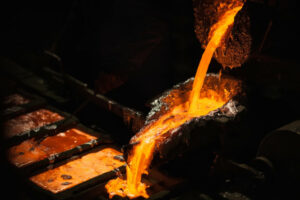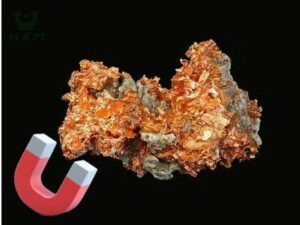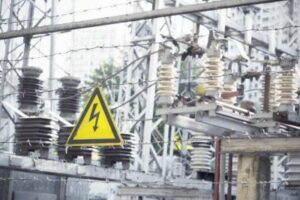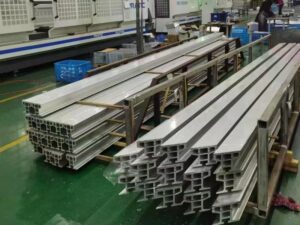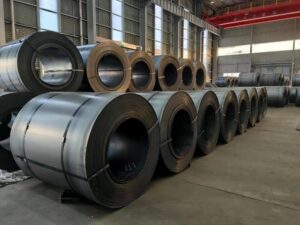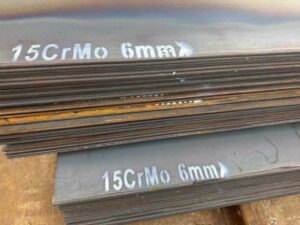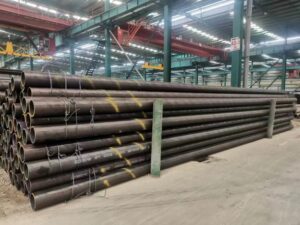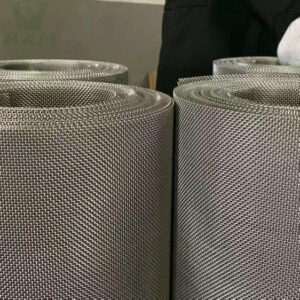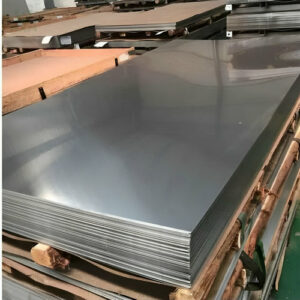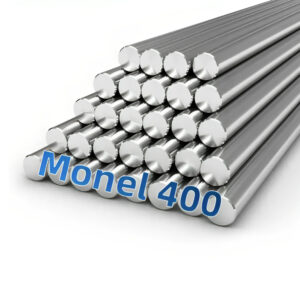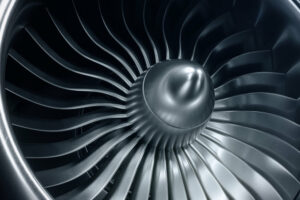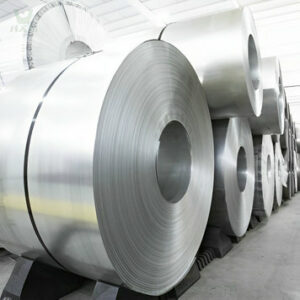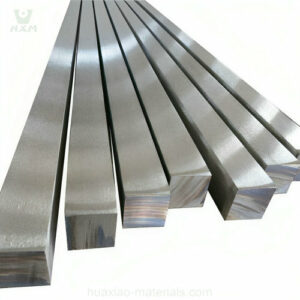A-286 stainless steel, with its exceptional heat resistance and mechanical properties, finds applications in various industries that require reliable performance under high-temperature and high-stress conditions. Some common industries and applications for A-286 stainless steel include:
Aerospace: A-286 is extensively used in the aerospace industry for components exposed to extreme temperatures, such as jet engines, exhaust systems, combustion chambers, and fasteners. Its high-temperature strength and corrosion resistance make it suitable for these critical applications.
Aircraft and Missile Systems: A-286 is employed in aircraft and missile systems for components like turbine blades, nozzles, thrust reversers, and structural parts. Its ability to maintain mechanical properties at elevated temperatures is crucial in these applications.
Automotive: A-286 stainless steel is used in high-performance automotive engines and exhaust systems. It can withstand the intense heat generated in turbochargers and exhaust manifolds.
Oil and Gas: In the oil and gas industry, A-286 is utilized for downhole equipment, wellhead components, and other parts exposed to high-temperature and corrosive environments.
Power Generation: A-286 is used in power generation applications, including gas and steam turbines, where it can withstand the high temperatures and mechanical stresses associated with power production.
Chemical Processing: A-286 is suitable for chemical processing equipment that operates in aggressive environments, including reactors, heat exchangers, and piping systems.
Fasteners: This stainless steel alloy is often employed to make high-strength fasteners, bolts, studs, and nuts for various industrial applications.
Medical Devices: Some medical devices and instruments that require high-temperature sterilization may use A-286 due to its heat resistance and biocompatibility.
Rocket Propulsion: A-286 can be found in rocket propulsion systems, where it withstands the extreme temperatures and stresses associated with space exploration.
Nuclear Industry: Some components in nuclear reactors may use A-286 because of its resistance to radiation and high temperatures.
Marine: A-286 is employed in marine environments due to its resistance to chloride-rich conditions, making it suitable for components exposed to saltwater.
Manufacturing: A-286 is used in the manufacturing industry for various high-temperature applications, such as furnace and heat-treating equipment.
Overall, A-286 stainless steel’s ability to maintain its mechanical properties at elevated temperatures, combined with its corrosion resistance, makes it a valuable material in industries where extreme conditions are a factor. Its reliability in critical applications makes it a preferred choice for components subjected to extreme heat and stress.
